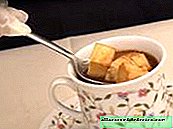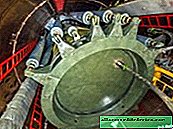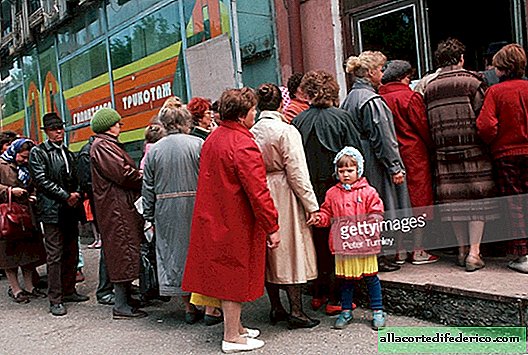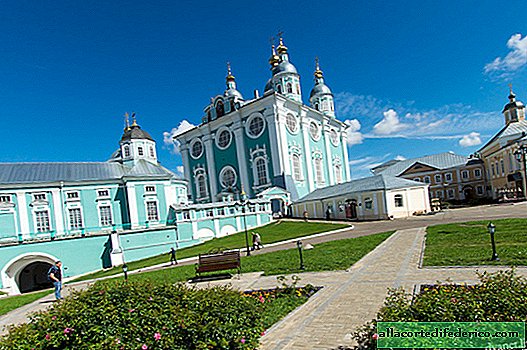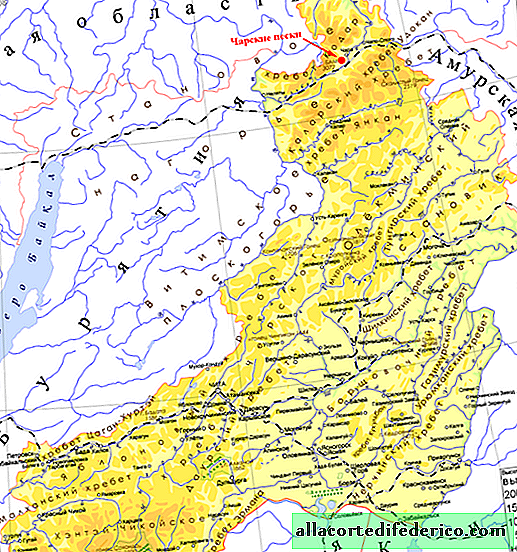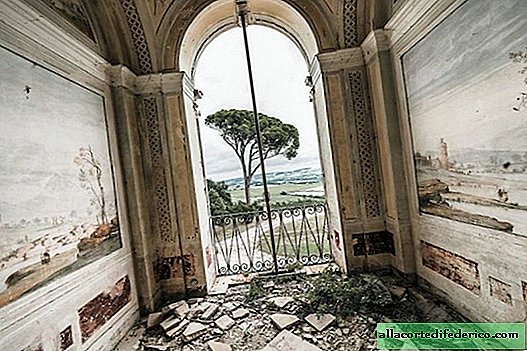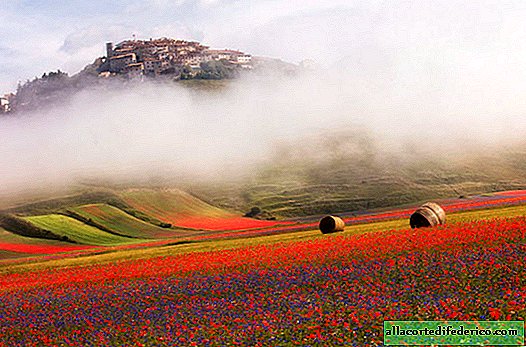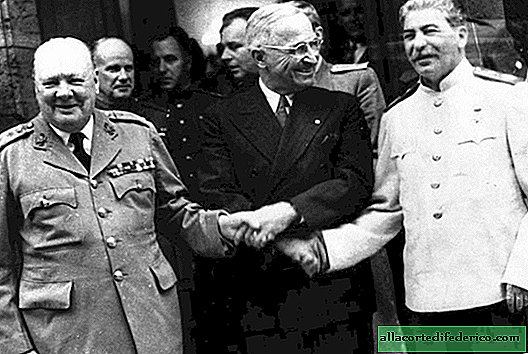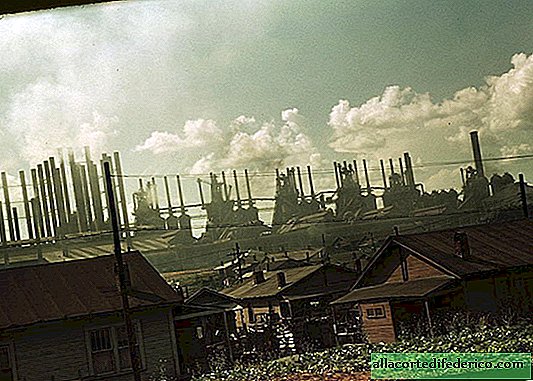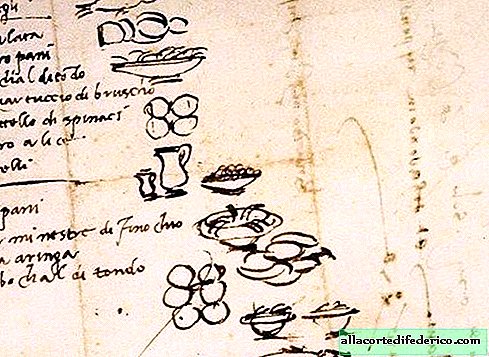What does the oldest city in Europe look like?
Once upon a time, at the dawn of time, one important and proud Thracian authority named Mena laid a stone here, which he carried long and hard in a shoulder bag. I sat on it and began to wait. Slowly his admirers approached him. They asked everyday questions and took autographs. It all ended up that Mena fans dragged all the cobblestones from the neighboring quarry and themselves did not notice how they built the city around it. And not very philosophizing, they named him after the idol - Menebria. And at the main gate with a flint blade they knocked out "3200 BC." But there are doubts about the authenticity of this inscription, after all, there were no Arabic numbers then.
Where is this ancient city located? And what happened to him?
Now everything is fine with the city. They sell magnets and boiled corn. And this is despite the fact that shortly before the birth of Jesus, about 600 years later, the peninsula (namely, the city is located on it) received cuffs from the earthquake. Either Zeus was angry with the Greeks who had taken Menebria from the Thracians, or he did not like the new name of Messembria, and he began to act up. In short, a little more than half remained from the city. Most likely, it was a suitable size for fans of Bacchus and Jupiter, who arrived on a tourist bus, supposedly to take a picture. And they themselves occupied all the elite real estate, issued newspapers in ancient Roman and generally began to behave at home.
Oh, I still have not told you where this city is now. And then Menebria, Messembria ... But nothing. Just a couple of suggestions, and you, my dears, will understand everything yourself.
To get to know the city, we went by boat. Swim for about 15 minutes. And already from afar in the telephoto lens are visible medieval ruins, which are strewn with the whole peninsula. Still, on a 24-hectare patch, there are about 40 churches with a thousand-year history.
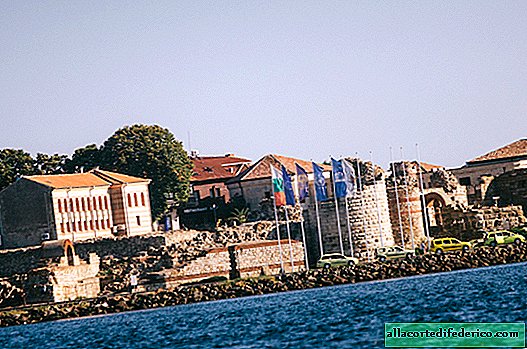
And while we are sailing, I will tell you what happened to the city further.
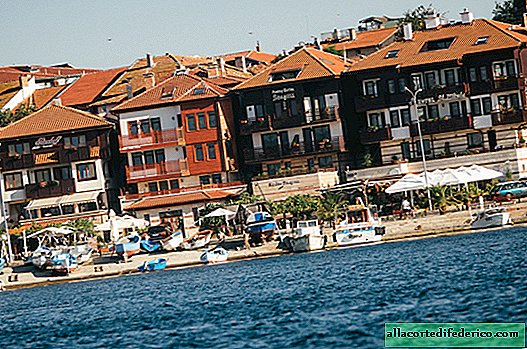
So, Ancient Rome fell. The Romans who came in large numbers did not want to stay in Messembria and quickly curled up, let us leave the gates open, and the Byzantines came through them. While Byzantium prayed to God, built churches everywhere, wrote letters, and with the help of the army slaughtered the inhabitants of neighboring countries, the Bulgarian Khan Krum, with the support of the Slavic brothers, gave good stars to the Byzantine devotees and occupied Mesembria, giving the city the Bulgarian name - Nessebar (Nessebar).
Now the city is divided into two parts: Old Nessebar, which is located on the peninsula, and New - mainland. They are connected by a narrow road 400 meters long. Before entering the Old Town of tourists, there is a mill built during the Bulgarian Renaissance in the XVIII century.
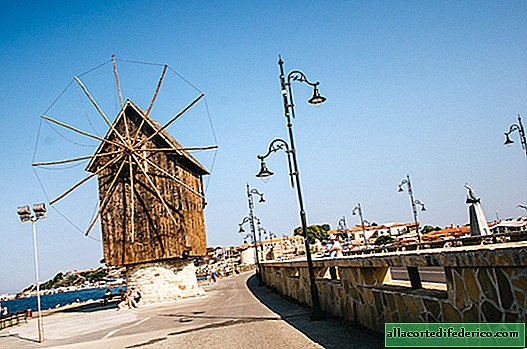
Yes, in Bulgaria there was also a Renaissance. And this despite the fact that the First Bulgarian Kingdom lasted a little less than 4 centuries. And Nessebar was Bulgarian and even less. Between the First and Second Bulgarian Kingdom there was a period of 100 years, during which Byzantium did with the Bulgarians and their lands what they wanted: the whole Orthodox elite was taken to modern Turkey.
By the end of the XII century, dissatisfied with the authorities, instead of sitting in the kitchen and clucking about life under a strong brandy, they took to the streets and gave stars to all these Byzantines. So the Second Bulgarian Kingdom appeared. Which lasted 200 years. Because then the Turks came ...
So it turns out that in just some 500 years, the Bulgarians had enough patriotism, so that after 5 centuries of Turkish "economic management", they say "no" to Muslims, waving their heads up and down.
On the main street, not far from the mill, there are stands with photographs of old Nessebar.
And if you go south, you can go to the local beach, which is called the "South Beach".
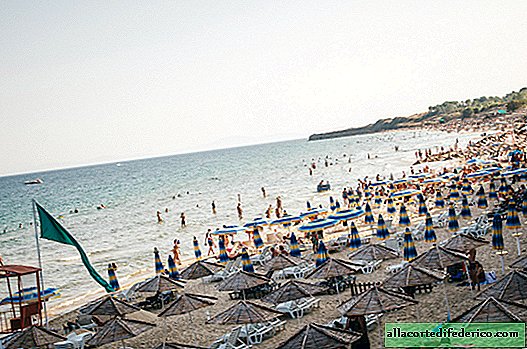
But still the most interesting is on the peninsula.
Monument to St. Nicholas - the patron saint of sailors.
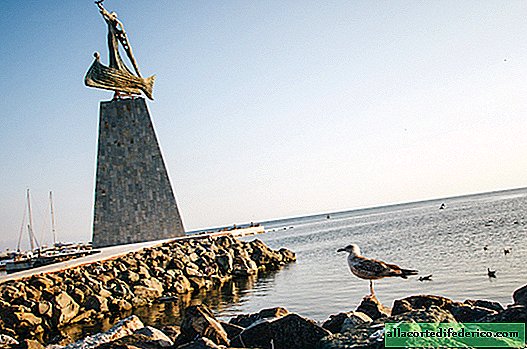
Old Nessebar does not look like typical old cities of Europe. There are no stone buildings or fanciful apartment buildings. Almost all buildings date from the 18th century. Their peculiarity lies in the fact that on the massive foundation and stone ground floor a second floor is built, sheathed in wood, which can protrude one and a half meters above the first and supported by beams from below, making the narrow streets between the houses even narrower.
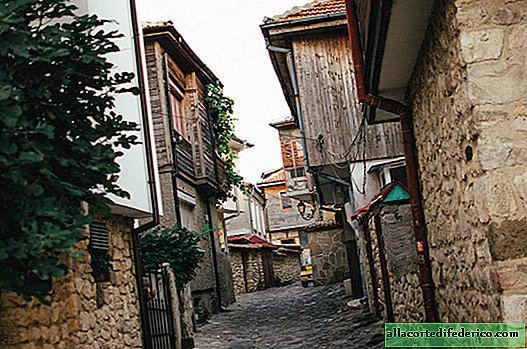
A lover of church antiquity, as well as a package tourist, as part of an excursion group, will surely learn about the medieval ruins of temples, which can be located almost in the courtyard of a residential building, adapted for some kind of barn.
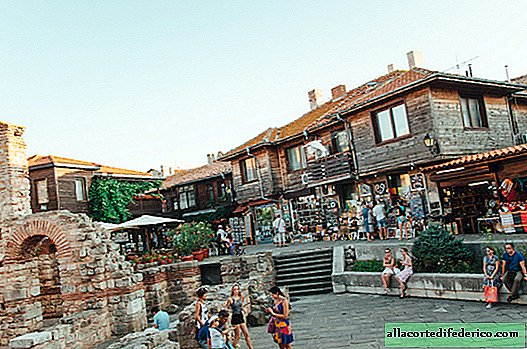
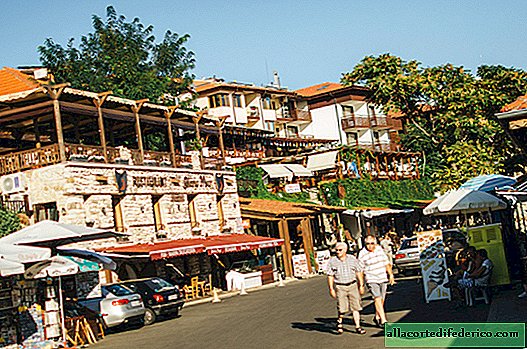
Many say that in Nessebar everything is cheaper: starting from the "dinner" to the magnets.
But…
This is Boris. He beat himself in the chest, proving with the help of the Russian language and accent that he was Belarusian. As a result, it turned out that this was his wife from Novogrudok, and he was a Bulgarian, who had repeatedly been to her homeland and visited almost all the main Belarusian cities. In general, Boris works as an administrator in a restaurant. And the menu of this restaurant was the most expensive that we met on the entire coast, including Sunny Beach. And the prices of magnets, as everywhere else: 1-3 leva. In general, tourist brochures are good because they unobtrusively lure tourists to where it is supposedly cheaper.
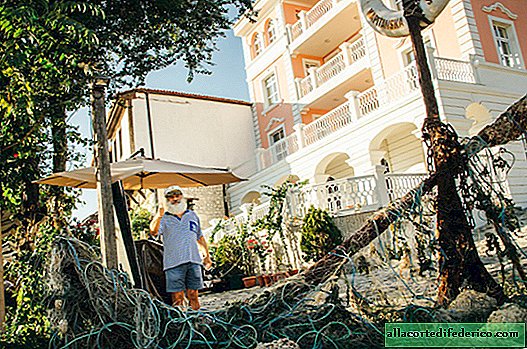
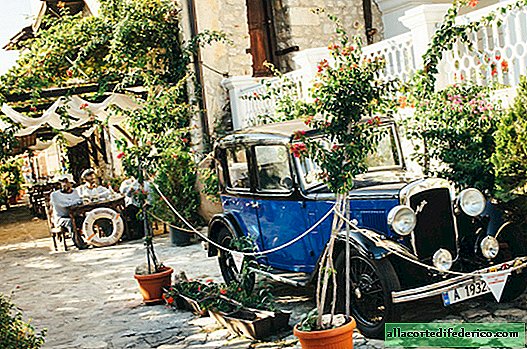
Nessebar District Executive Committee and Goashenka.
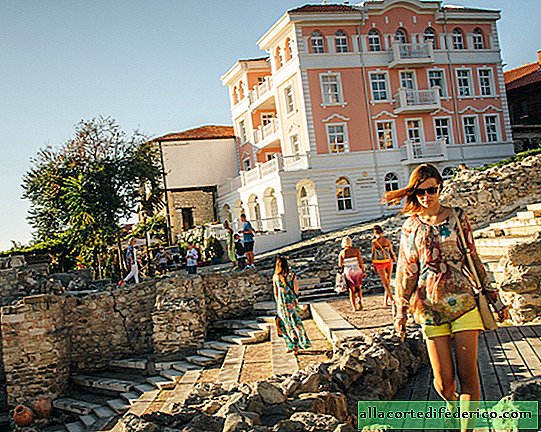
After a couple of hours, walking along the narrow streets in the eyes begins to ripple from all kinds of souvenirs, lace and magnets. Literally all the first floors of centuries-old buildings on busy streets are packed with shops, cafes and restaurants. As well as toilets. WC signs are everywhere!
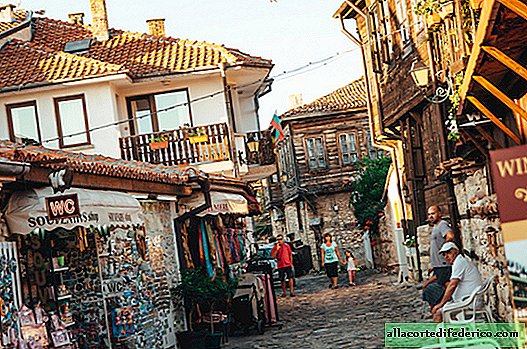
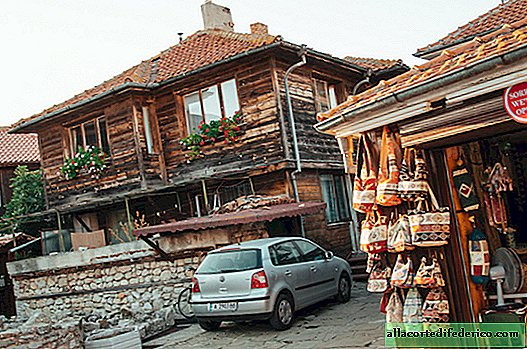
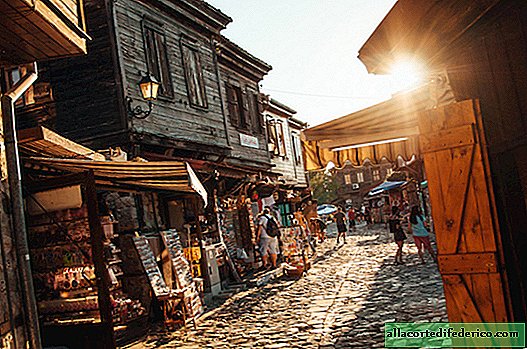
The restaurant barker, pretending to be a chef, promises the Russian couple the most delicious food in the city: "I won’t take a lion from you if you don’t like something!"
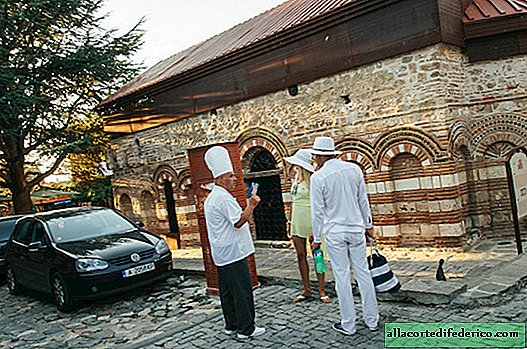
Only 200 thousand euros and this mansion is yours!


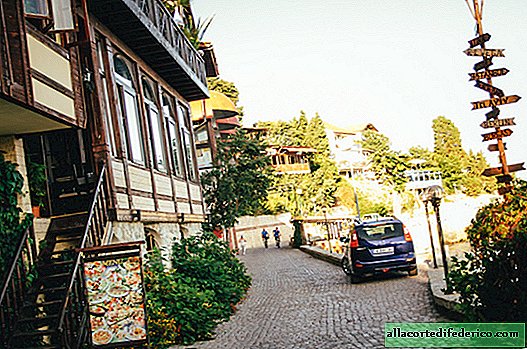
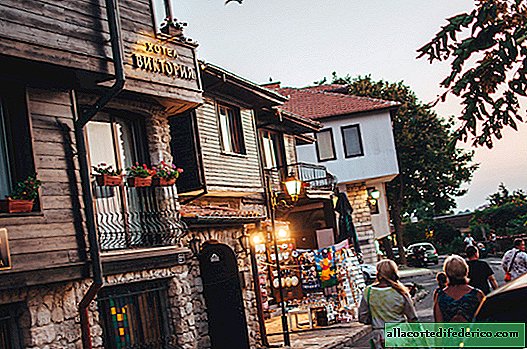
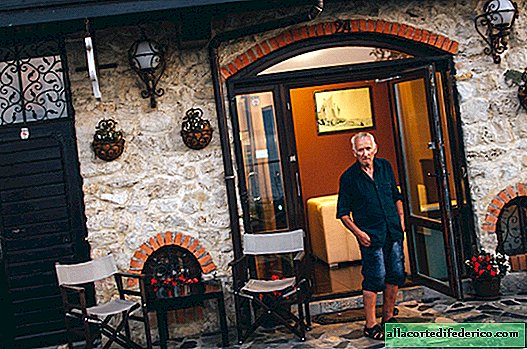

So here. No matter how your friends and acquaintances laugh at you, calling them rogues, or protect your horse from gypsy theft, Bulgaria has arguments. And they are not sucked from a finger. Yes, for me this was also shocking news. Firstly, the truth is Nessebar - one of the oldest cities in Europe. Secondly, in Bulgaria there is an even more ancient city - Plovdiv, it is now about 6000 years old. And that's not all. Recently, in Bulgaria, archaeologists found stone buildings near the city of Provadia, which are about 7000 years old. And, by the way, there is no city in Europe that could boast of such a venerable age. Think everything? Run out of arguments? The author was blown away? Hrenushki! Cyrillic invented in Bulgaria! Even by the Greeks ... And even Peter I, when in the 18th century he invented a megareform for Russian writing, he brought all the letters together into the Bulgarian alphabet. That is why, when you drive along the Bulgarian serpentines with a breeze, you never have the question "What is this letter on the plate in the word" Awesome "?".
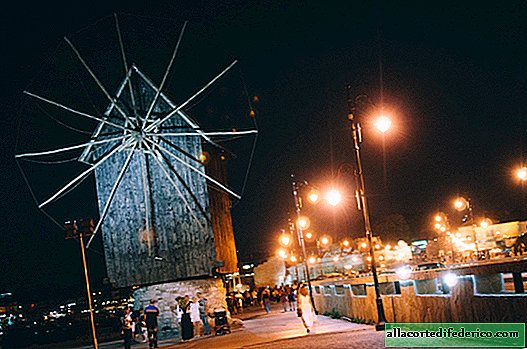
And the last argument. Where else will you meet a clever little man who masterly moves through the ruins of an ancient fortress and at the same time plays the bagpipe? BUT? BUT?
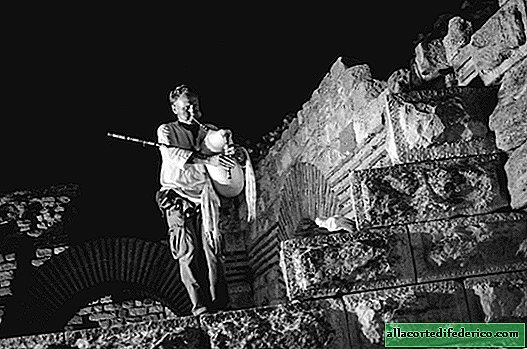
Bulgaria is an attractive and very interesting country. But at the same time, there are many tricky features in it that every tourist who is going to visit this country must know.




